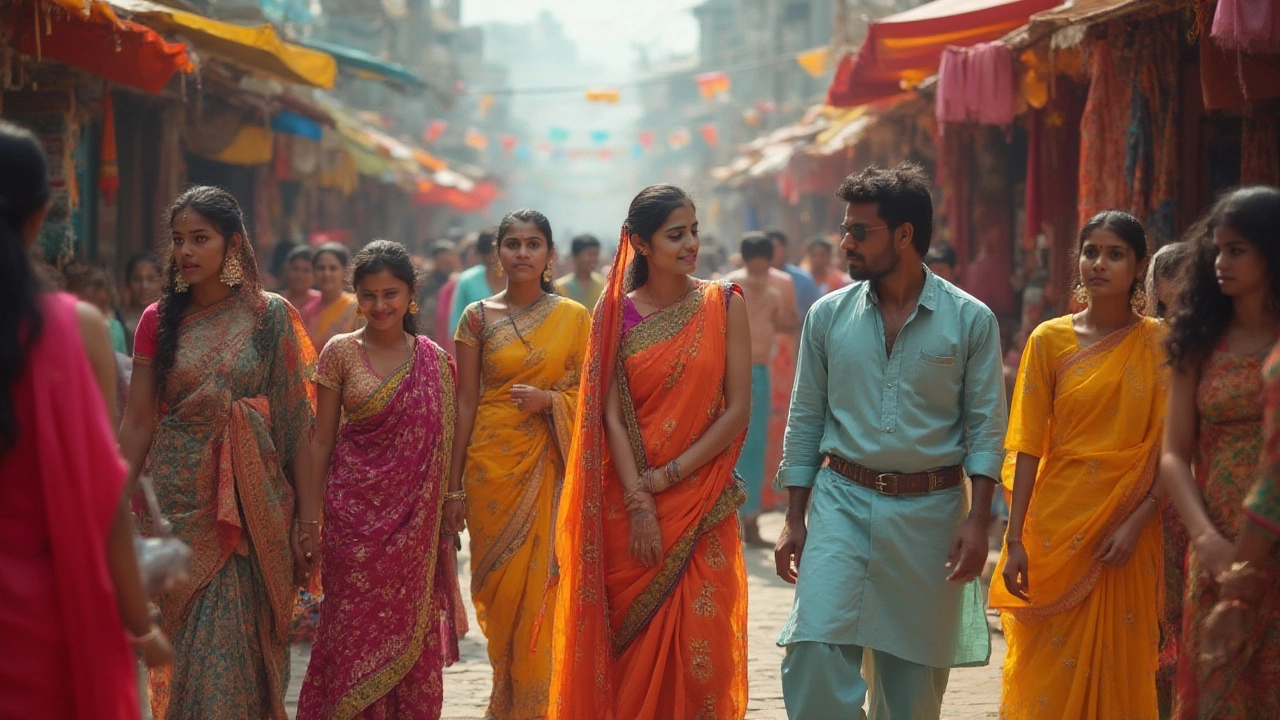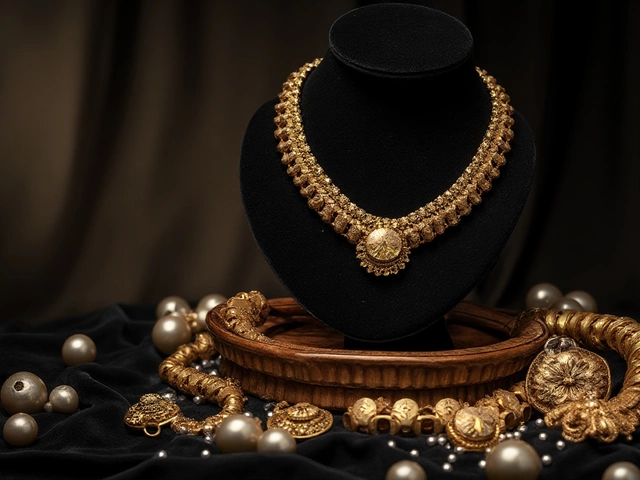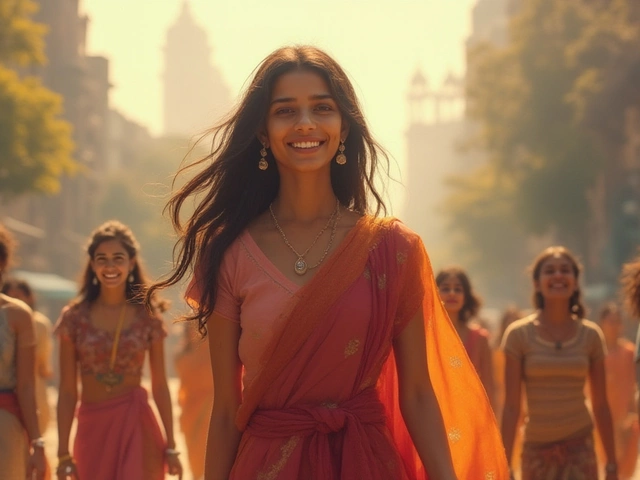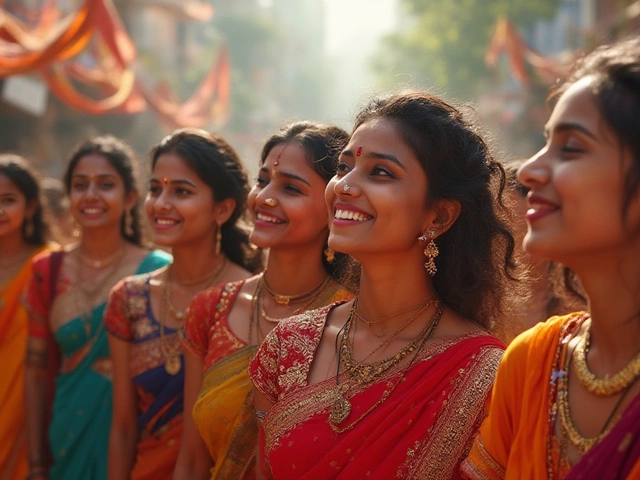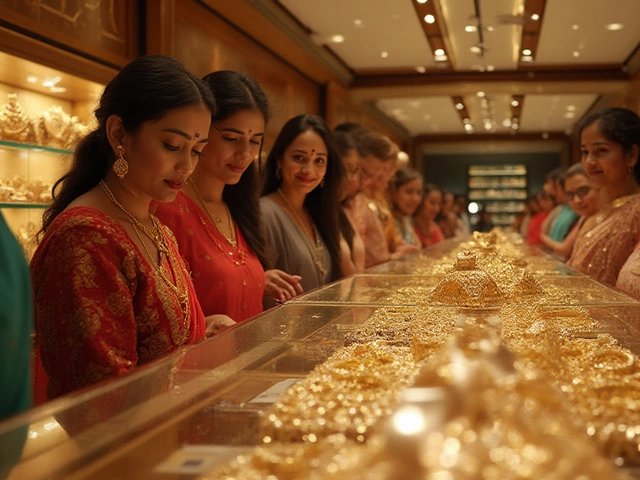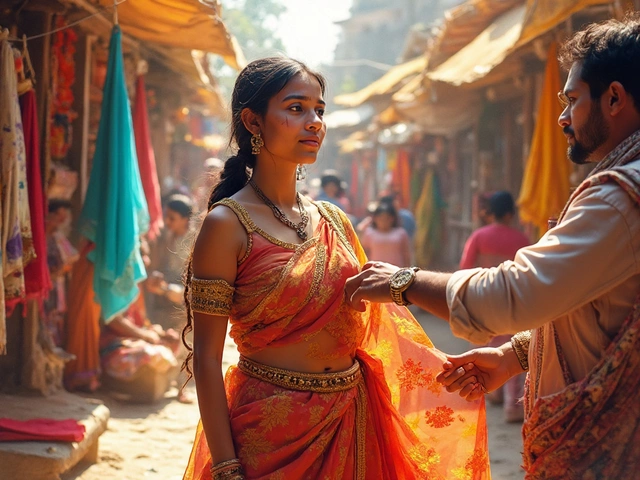Popular Saree Types You Should Know
If you’ve ever wondered why sarees are forever trending, the answer is the sheer variety of styles. From festive silk to breezy cotton, each type has its own story, feel, and perfect occasion. Let’s break down the most loved sarees so you can pick the right one without feeling lost.
Classic Silks: Banarasi, Kanjeevaram, Mysore
Banarasi silk hails from Varanasi and is famous for its intricate gold brocade work. It’s the go‑to for weddings and big celebrations because the heavy weave shimmers under lights. Kanjeevaram silk, straight from Tamil Nadu, boasts bright colors and thick borders. Its tactile texture makes it comfortable for long hours of dancing. Mysore silk offers a softer drape with subtle, elegant motifs – perfect for a semi‑formal event where you want to look regal without the weight of a Banarasi.
Lightweight Favorites: Chiffon, Georgette, Crepe
When the weather turns hot or you need a saree that moves with you, reach for a chiffon or georgette piece. Both are sheer, flowing fabrics that feel like a gentle breeze. Chiffon has a smooth finish while georgette adds a bit of texture for extra visual interest. Crepe sits in the middle – it’s slightly thicker than chiffon but still lightweight, making it a safe bet for office parties or casual gatherings.
Cotton Classics: Handloom, Khadi, Kalidar
Cotton sarees are the everyday heroes of Indian wardrobes. Handloom cotton comes in vibrant regional patterns like Ikat or Bandhani, giving you a pop of culture with every drape. Khadi is the hand‑spun, eco‑friendly option that feels soft after a few washes – ideal for a relaxed brunch or a temple visit. Kalidar (or Kalidar cotton) features a raised, textured stripe along the pallu, adding a subtle decorative touch without the heaviness of silk.
Luxury Blends: Satin, Velvet, Silk‑Cotton Mixes
If you crave a richer look without the full silk weight, try a satin saree. Its glossy surface mimics silk’s shine but is more forgiving on the wallet. Velvet sarees are gaining popularity for winter weddings thanks to their deep, luxurious feel. For a practical hybrid, look for silk‑cotton blends – they combine silk’s luster with cotton’s breathability, giving you the best of both worlds.
Specialty Designs: Patola, Pochampally, Phulkari
These are the sarees that showcase regional artistry. Patola from Gujarat features double‑woven patterns that never fade, making it a statement piece. Pochampally from Telangana is known for its geometric Ikat designs, perfect for a modern twist on tradition. Phulkari from Punjab is embroidered with vibrant thread work, adding a burst of color to any outfit.
Choosing the right saree boils down to three things: the event, the climate, and your personal vibe. A heavy silk for a wedding night, a breezy chiffon for a summer garden party, or a comfy cotton for a casual day out – you now have a quick cheat sheet to guide you.
Remember, the beauty of a saree isn’t just in its fabric; it’s in how you wear it. Pair with the right blouse, accessories, and a confident smile, and you’ll turn heads no matter which style you choose.
Traditional Dresses Worn Across India: Popular Ethnic Styles Explained
Discover which dresses are worn all over India, from sarees to kurta-pajamas. Get interesting facts, tips, and cultural insights about Indian traditional outfits.
